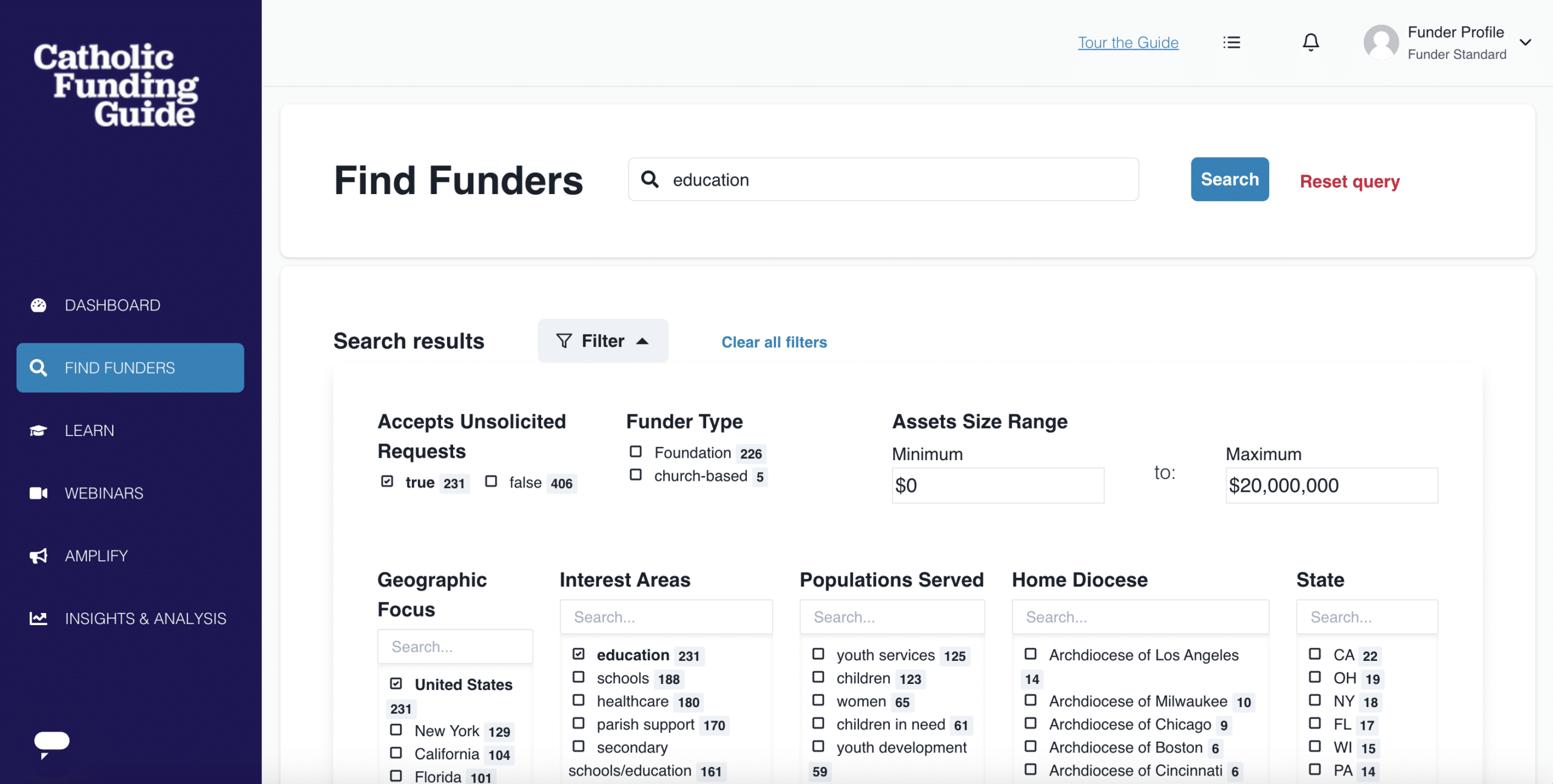What Is Volunteer Recruitment?
Volunteer recruitment is the process of connecting with qualified candidates for volunteer work in your organization. Volunteer recruitment can be just as important as recruiting paid staff—both are central in carrying out an organization’s mission.
Create a Plan to Attract and Retain Volunteers, Successfully
Does your organization have a specific plan for volunteers? If not, you’ll need to create one before you begin recruiting.
Structured onboarding and training, along with defined roles, will ensure volunteers have a positive, productive experience. To help you determine volunteer opportunities and create job descriptions for the positions, ask yourself and your team the following questions:
- What are your organization’s needs, and how can volunteers help?
- What roles allow volunteers to add value
- What skills are required for each volunteer role
- How can we onboard and train volunteers in a similar way to staff
- What information would you want to share with someone who is new to your organization, and how can you best share it with your volunteers
- How many volunteers do you need?
Structured onboarding and training, along with defined roles, will ensure volunteers have a positive, productive experience.
As you work through these questions, keep in mind that each volunteer is a supporter of, and ambassador for, your organization. Providing them with the best experience possible can only help your organization’s mission in the long run.
Attract Volunteers with a Reasonable Application Process
When recruiting volunteers, you don’t want a difficult application process to keep anyone from applying, but at the same time it is a tool for screening.
For a one-time event, you may want to use a brief application, collecting only the most important information. For long-term volunteers, use a more in-depth application that requests information about related experience, education, availability, and other relevant information. You may also want to ask for a resume.
Regardless of the type of volunteering, try to keep the application to as short as possible while still obtaining the necessary information. This will set expectations for the volunteer experience. An overly complicated application or confusing process may discourage volunteers from completing the recruitment process.
Highlight Benefits in Your Recruitment Materials
While volunteers often have altruistic motivations for giving of their time, additional benefits of volunteering can influence their decision to commit. Does your opportunity offer resume-building experience, opportunities to network or socialize, or even something simple like free coffee? If so, include those benefits in your recruitment materials.
Retain Volunteers with Flexible Opportunities
More organizations than ever are thinking outside the box for volunteer positions. Consider opportunities for volunteers to:
- Offer online or remote opportunities. Are there tasks that have traditionally been done in your office that could be done remotely, such as grant writing? Can volunteers perform these tasks from their homes?
- Incorporate micro volunteering. Some tasks are traditionally performed by volunteers over long periods of time. Micro volunteering means dividing those tasks into smaller assignments that volunteers can complete in short periods of time. This enables people to volunteer who may not have as much time to offer. For example, instead of recruiting a group of volunteers to weed your property over the course of a single day, present an opportunity for individual volunteers at a time to come for an hour or two at their convenience during a particular week.
- Be flexible. There are many programs that require volunteers to be present during typical office hours. However, if you have the opportunity to be flexible with timing or task management, try offering a variety of hours. This will open the door for volunteers who work at their own jobs during the day, resulting in more help for your organization.
- Engage volunteers in fundraising. Some organizations feel hesitant—understandably—to entrust volunteers with this imperative task. However, inviting volunteers to participate in fundraising can be beneficial in a number of ways. What are your organization’s needs, and how can volunteers help?
Communicate Expectations for Volunteer Performance
Highlighting the benefits of volunteer opportunities will help attract the best candidates. Similarly, communicating clear expectations for volunteers will help retain the best candidates.
Volunteers who understand expectations often rise to the challenge. Here are a few points to keep in mind as you communicate expectations:
- Share expectations in a positive way.
- Explain how their role fits into the bigger picture.
- Emphasize the importance of consistency in their work.
Not every volunteer position will be a good fit for everyone, and that is normal. Knowing that the position is a good match from the beginning will create a more fulfilling experience for both the volunteer and the organization.
Track and Evaluate Recruitment Efforts
As you target different demographics and experiment with various methods of recruitment, track your success to determine which efforts are most effective. Periodically review the data and evaluate which efforts see the highest return, and which are ineffective.
Strategies for Retaining Volunteers
All the effort spent on attracting volunteers won’t be worth much if you’re dealing with a high turnover rate. Providing a positive experience can significantly increase volunteer retention. Here are some ways to help your volunteers remain engaged with your organization.
Prepare Your Volunteers for Success
The entire training and onboarding experience should leave volunteers feeling prepared and equipped to carry out their role. It may help to have a volunteer manual for training purposes to ensure each volunteer has the same training.
All the effort spent on attracting volunteers won’t be worth much if you’re dealing with a high turnover rate. Providing a positive experience can significantly increase volunteer retention.
Make It Fun and Create a Personal Connection
While volunteers should realize the importance of their contributions, you should also strive to make their time with your organization enjoyable! Bring fun into their day, and, most importantly, make a personal connection with them. Get to know them through conversation, asking about their family, hobbies, likes and dislikes, and more. The personal relationships built with volunteers often strengthens their commitment to the organization as they feel more personally invested in its success.
Recognize the Contributions of Your Volunteers
Make sure your volunteers know how much you appreciate them! In addition to thanking them in person, you might consider other ways of expressing your gratitude, such as handwritten notes, holding an event, or small tokens of appreciation.
Track Retention and Evaluate Your Strategy
Pay attention to how long volunteers stay with your organization and periodically review this information. You may notice trends that identify areas for improvement in your program.
Conduct Exit Interviews
When volunteers leave, conduct an exit interview if possible. At this stage, volunteers may be willing to share both the positive and negative about their experience with your organization, providing valuable feedback that may help you to improve the volunteer experience in the future.
Recruiting and retaining volunteers is one way many Catholic nonprofit organizations make the most of limited resources to further their mission. By investing in your volunteer recruitment and retention efforts, you can improve the volunteer experience, finding the right people to fill key roles and inspiring them to stay.
Looking for more ways to optimize your resources? Learn more about the Catholic Funding Guide and how it can help you connect with funders to find funding faster.



